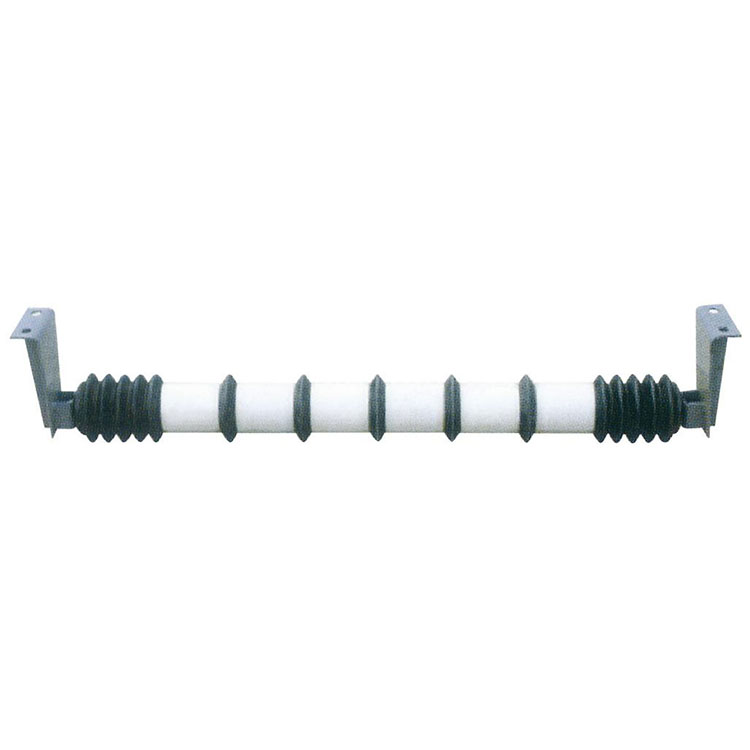 English
English 简体中文
简体中文  Esperanto
Esperanto  Afrikaans
Afrikaans  Català
Català  Cymraeg
Cymraeg  Galego
Galego  繁体中文
繁体中文  Latviešu
Latviešu  icelandic
icelandic  ייִדיש
ייִדיש  беларускі
беларускі  Hrvatski
Hrvatski  Kreyòl ayisyen
Kreyòl ayisyen  Shqiptar
Shqiptar  Malti
Malti  lugha ya Kiswahili
lugha ya Kiswahili  አማርኛ
አማርኛ  Bosanski
Bosanski  Frysk
Frysk  ភាសាខ្មែរ
ភាសាខ្មែរ  ქართული
ქართული  ગુજરાતી
ગુજરાતી  Hausa
Hausa  Кыргыз тили
Кыргыз тили  ಕನ್ನಡ
ಕನ್ನಡ  Corsa
Corsa  Kurdî
Kurdî  മലയാളം
മലയാളം  Maori
Maori  Монгол хэл
Монгол хэл  Hmong
Hmong  IsiXhosa
IsiXhosa  Zulu
Zulu  Punjabi
Punjabi  پښتو
پښتو  Chichewa
Chichewa  Samoa
Samoa  Sesotho
Sesotho  සිංහල
සිංහල  Gàidhlig
Gàidhlig  Cebuano
Cebuano  Somali
Somali  Тоҷикӣ
Тоҷикӣ  O'zbek
O'zbek  Hawaiian
Hawaiian  سنڌي
سنڌي  Shinra
Shinra  Հայերեն
Հայերեն  Igbo
Igbo  Sundanese
Sundanese  Lëtzebuergesch
Lëtzebuergesch  Malagasy
Malagasy  Yoruba
Yoruba  Español
Español  Português
Português  русский
русский  Français
Français  日本語
日本語  Deutsch
Deutsch  tiếng Việt
tiếng Việt  Italiano
Italiano  Nederlands
Nederlands  ภาษาไทย
ภาษาไทย  Polski
Polski  한국어
한국어  Svenska
Svenska  magyar
magyar  Malay
Malay  বাংলা ভাষার
বাংলা ভাষার  Dansk
Dansk  Suomi
Suomi  हिन्दी
हिन्दी  Pilipino
Pilipino  Türkçe
Türkçe  Gaeilge
Gaeilge  العربية
العربية  Indonesia
Indonesia  Norsk
Norsk  تمل
تمل  český
český  ελληνικά
ελληνικά  український
український  Javanese
Javanese  فارسی
فارسی  தமிழ்
தமிழ்  తెలుగు
తెలుగు  नेपाली
नेपाली  Burmese
Burmese  български
български  ລາວ
ລາວ  Latine
Latine  Қазақша
Қазақша  Euskal
Euskal  Azərbaycan
Azərbaycan  Slovenský jazyk
Slovenský jazyk  Македонски
Македонски  Lietuvos
Lietuvos  Eesti Keel
Eesti Keel  Română
Română  Slovenski
Slovenski  मराठी
मराठी  Srpski језик
Srpski језик
The Role of Conveyor Idler
2024-05-10
The core functions of conveyor idlers can be summarized as follows:
1. Support and load-bearing: The idler roller is a key component of the conveyor. It supports the conveyor belt and the materials transported on it, ensuring that the entire conveyor system can operate stably.
2. Reduce friction: By reducing the direct contact between the conveyor belt and the material, the idler significantly reduces the friction, which not only protects the material, but also makes the conveyor belt run more smoothly.
3. Tension management: Working in conjunction with the tension adjustment system, the conveyor idler can monitor and adjust the tension of the conveyor belt to ensure that it operates at its best.
4. Impact buffering: During the material transportation process, the rollers play a buffering role, effectively reducing the impact of the materials on the conveyor belt.
5. Guidance and correction: Idlers can guide the traveling direction of the conveyor belt and prevent it from wandering, which is crucial to maintaining the normal operation of the conveyor.
6. Extended life: By reducing the friction between the conveyor belt and the idler, the idler has a positive impact on the life of the conveyor belt, reducing wear and tear, thereby extending the service life of the conveyor belt.
7. Ensure stability: The design of the roller ensures that its operation is flexible, reliable and stable, which is crucial to avoid deviation and wear of the conveyor belt and ensure the smooth operation of the conveyor belt.
In addition, there are various types of conveyor idlers, each with its own specific uses and application scenarios. For example, self-aligning rollers are used to correct the deviation problem of conveyor belts; trough rollers and parallel rollers are used in heavy-load and no-load sections respectively to adapt to different work needs; and buffer rollers are used to Reduce the impact of materials on the conveyor belt. These different types of rollers together form an important part of the conveyor system, ensuring the stable and efficient operation of the entire system.




